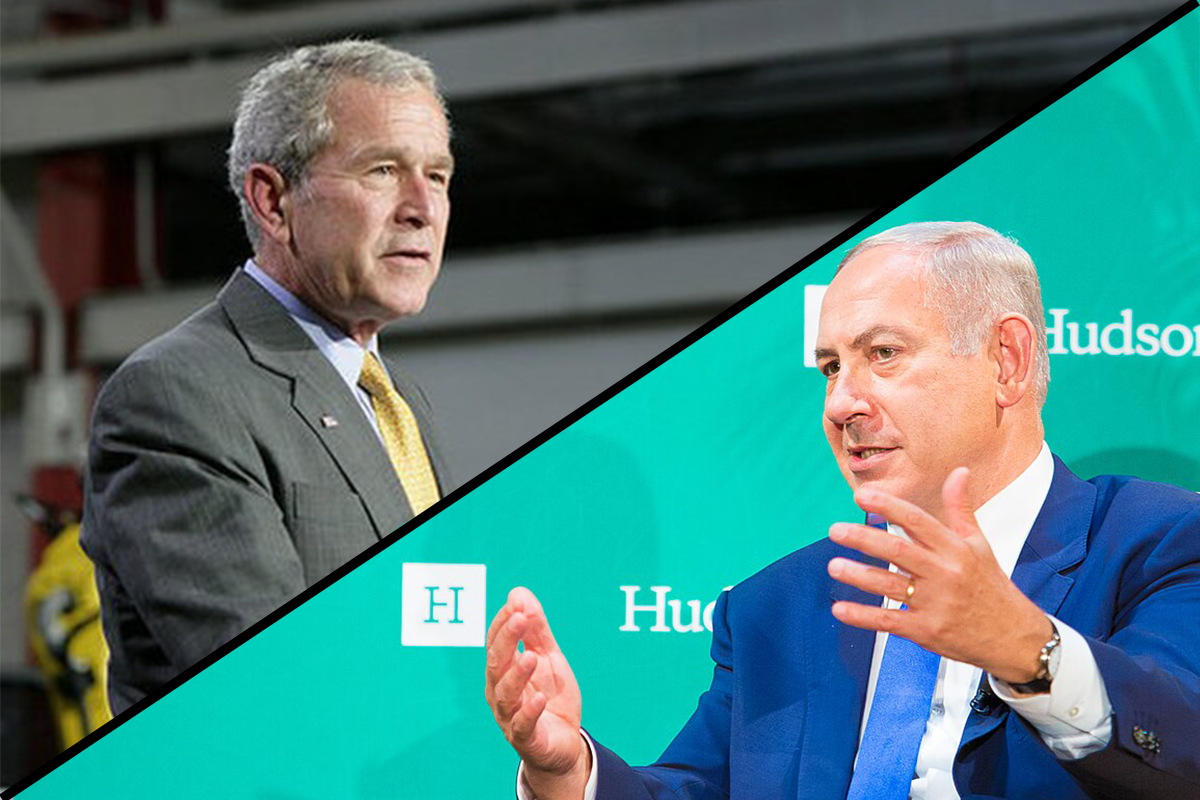In October, Israel was attacked by Hamas, stemming from tensions that began when Hamas won Gazan parliamentary elections in 2006. This act of terrorism initiated another violent conflict between Israel and Hamas, prompting a retaliation from Israel. Israel’s response to Hamas’s terrorist attacks is eerily reminiscent of the United State’s post-9/11 counterattacks.
Following the September 11 attacks in 2001, where a coordinated series of suicide terrorist attacks killed nearly 3,000 Americans, the U.S. began its Global War on Terror. The military campaign’s main goal was to eliminate international terrorist organizations, mainly those in the Middle East and Africa. Careless attacks, carried out in part to assuage the U.S. population’s fear in the wake of the deadliest terrorist attack on history, destroyed the lives of millions in the Middle East. The U.S.’s intentions to find and dismantle terrorist groups around the world were arguably valid, but the military operations involved violations of human rights on innocent civilians who were not affiliated with terrorist groups.
After Hamas — recognized by the U.S. and EU as a terrorist group — attacked Israel with over 3,000 rockets and a ground invasion that killed over 1,200 Israeli civilians and combatants, Israel retaliated shortly after. Israel cut off electricity, water, food and other resources to the Gaza Strip, a small Palestinian territory governed by Hamas.
The initial response is considered by some to be collective punishment — a war crime, according to the Geneva Convention — which has affected the over two million people in the Gaza Strip, of which only around 25,000 are members of Hamas. With a 90% decrease in electricity in the Gaza Strip since October 6, resulting in a lack of availability for clean water, sewage control and hospital capabilities, Palestinian doctors have warned of a pending disease outbreak due to overcrowding. A lack of medical supplies and slow relief have led to a surge in disease spread, and the World Health Organization (WHO) estimates that more people may begin dying from disease than bombardment in Gaza.
Hamas’ attacks are abhorrent and Israel has the imperative to eliminate the terrorist organization. But, in the process, the Israel Defense Forces (IDF) have killed over 13,000 civilians in Gaza, with over 6,000 being women and children. Their approach to retaliating against Hamas, which is mainly via airstrikes and ground forces on strategic zones, tend to be in areas populated with innocent Palestinian civilians. Hamas uses these civilians as human shields — a war crime that Hamas has been committing since 2007. This is clearly unacceptable, but it doesn’t give Israel the authority to attack Hamas and blame civilian casualties on Hamas.
In order to avoid mass casualties, while still working towards eliminating Hamas, Israel could employ newer and more precise technology. For example, the Hellfire R9X, a precision missile that deploys six blades before impacting the target, was used to assassinate Al-Qaeda general Ayman al-Zawahiri with no collateral damage, except broken windows. Its existence has been acknowledged by the U.S. government, and it has been used in multiple Middle Eastern countries.
In 2003, the U.S. led a coalition in Iraq aimed at dismantling Saddam Hussein’s Ba’athist government, which began with shock and awe bombings that included civilian casualties due to human error, flawed targeting and a carelessness for human life. Coalition forces determined that eliminating key leaders was a priority, choosing to take the risk of simultaneously murdering innocent civilians. The prioritization of eliminating Hamas contributes to a disregard for human life. Despite attempts by Israel to minimize civilian casualties, more children and women have been killed in Gaza than civilians in the first year of the U.S. invasion of Iraq.
Israel has also used flawed historical justification to defend its attacks on Gaza. Israel claimed that civilian casualties are impossible to avoid, hoping that Americans would understand, since the U.S. and its allies have had similar military campaigns in the past. However, as of 2018, nearly half of all Americans believed that America’s decision to invade Iraq was wrong, according to the Pew Research Center. The War on Terror led to hundreds of thousands of civilian deaths that directly died from the U.S. military’s operations — and over four million that indirectly died from the spread of disease and malnutrition due to the U.S. and its allies’ presence in post-9/11 war zones.
In 2015, an American gunship attacked a hospital in Kunduz, Afghanistan, under the belief that Taliban were using it as a hiding place. This was not true, with witnesses stating that the hospital, which was operated by the charity Doctors Without Borders (DWB), was no more than a medical center. 22 doctors and patients were killed, making the attack one of the worst civilian casualty incidents during the war. The attack should never have been carried out in the first place. DWB had notified the U.S. Department of Defense and other agencies of the coordinates of the hospital over a week prior to the attack. If the bureaus responsible for the attack had done their due diligence, the incident would have been easily preventable. International humanitarian law also restricts attacks on hospitals. This protection only ceases when a party is using the hospital in ways that cause harm, which was not the case in the 2015 attack. The incident in the Kunduz hospital echoes the IDF’s actions towards the Gazan Al-Shifa hospital in the past month.
Israel has repeatedly claimed that the Al-Shifa hospital contains an underground complex used by Hamas as their main base of operations, despite objections from hospital staff. On Wednesday, November 15, the IDF raided the hospital and released an unverified video claiming that Hamas had used the hospital as a command center, in a move that received criticism from the U.S. and Canada governments as well as the WHO. If Hamas was using the hospital as a center of operations, which hasn’t been confirmed, the protection granted by humanitarian law arguably ceases, because it’d mean that Hamas was using human shields. However, Israel’s invasion of the Al-Shifa hospital endangered the lives of patients and doctors who were not affiliated with Hamas. Prior to the invasion, Israel called for the evacuation of patients, which the WHO called a “death sentence”. Despite the medical staff refusing to evacuate, the IDF carried on with their invasion, killing over 80 people, including patients.
Israel’s response may not reach the impact or scale of the War on Terror — a conflict that led to the displacement of over 38 million civilians in Middle Eastern and African countries — but it replicates the same war crimes that the U.S. committed. Rather than perpetuating a cycle of disregard for human life, we should prioritize ethical considerations. Israel has the chance to prevent a repeat of the catastrophic events the world witnessed two decades ago. The irreversible loss of thousands of civilian lives linger as a haunting reminder of the past.















